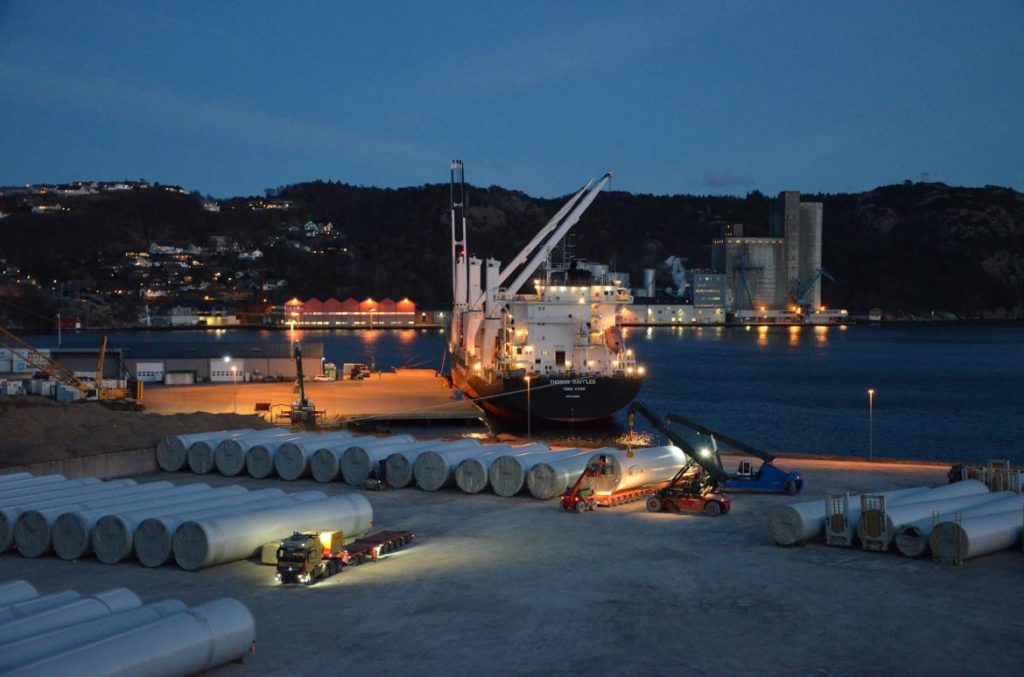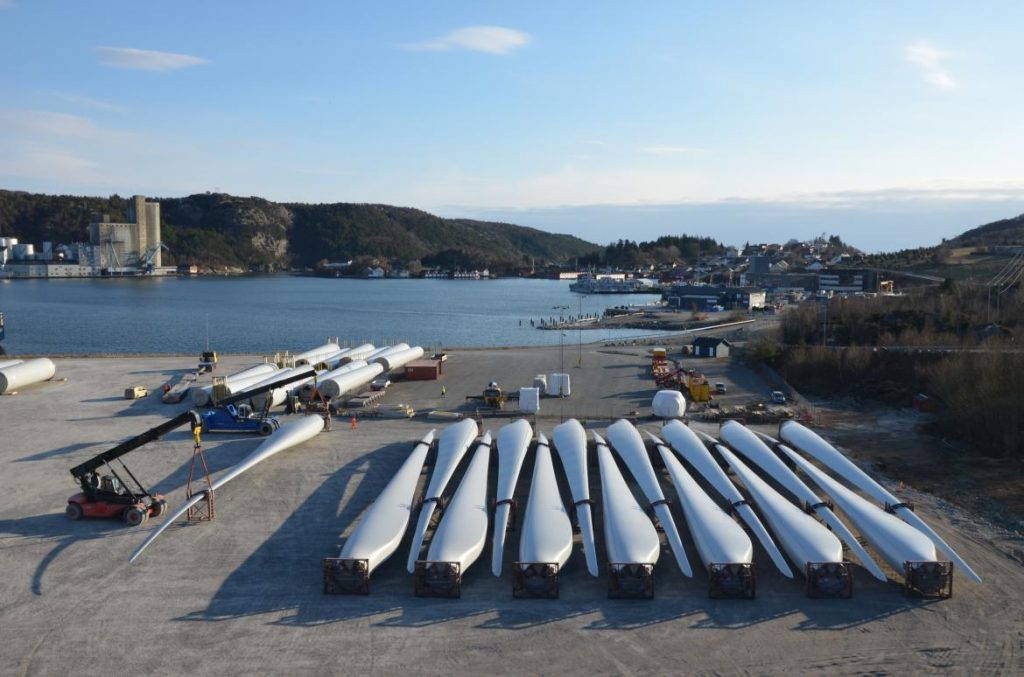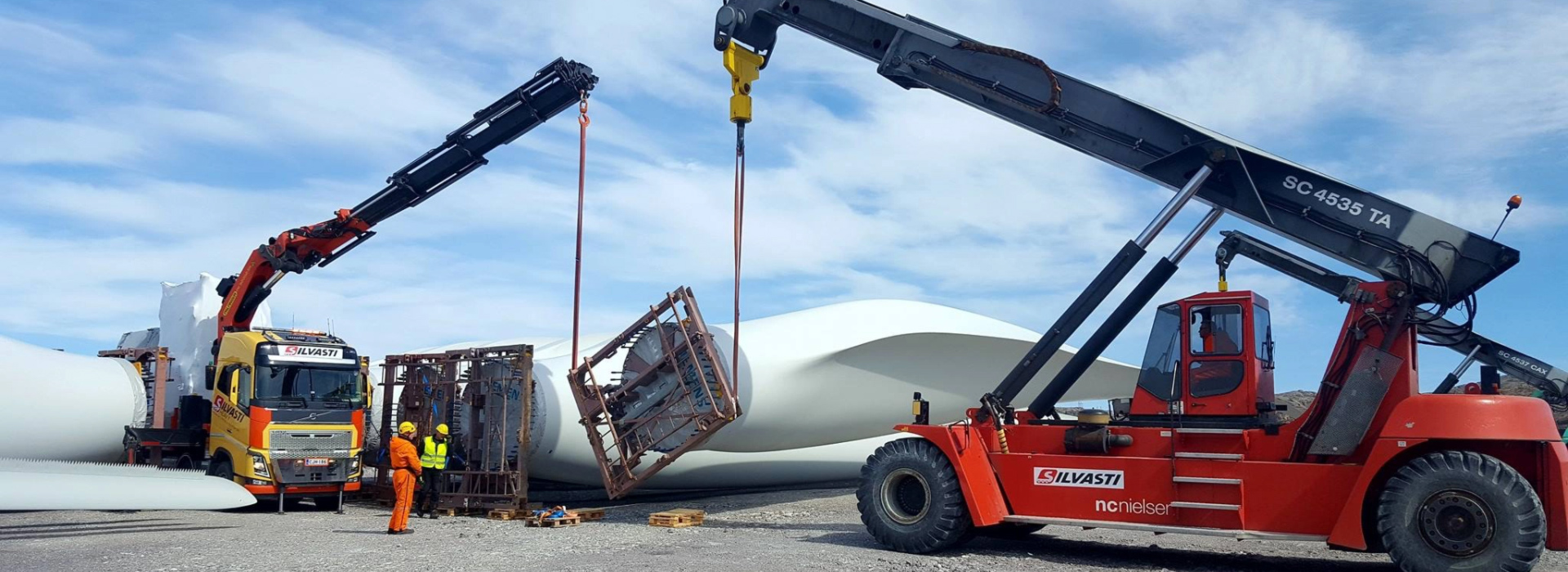Special transports are planned down to the smallest details – the big picture is built of seamless work stages

Planning special transports is like assembling a giant jigsaw puzzle, where each piece is an essential part of the whole. The planning phase involves consulting with the client’s product development department, precise route planning, arranging special transport permits, organising cooperation with port operators and authorities, and preparing vehicle and personnel plans. The key to success is the correct timing of the transports.

In the planning of wind power plants, for example, special transport experts are consulted as early as the product development phase in order to ensure that the components being planned can actually be transported to the desired sites. Oversized transports demand a great deal from both the transporting vehicles and the route used.
“The actual planning of a special transport project starts with the establishment of the facts: how many components need to be transported, the dimensions of the articles and the transport distance,” starts Silvasti’s Project Manager Juha Simola.

Local legislation is the cornerstone of planning
A transport that exceeds the dimension and mass limits set for normal traffic is defined as a special transport, which requires an abnormal transport permit granted by national authorities. As such, familiarity with local regulations and legislation is at the very core of special transport expertise.
“The planning of special transports involves all kinds of dealings with the authorities. Sometimes getting answers and permits takes time, which must be taken into account in the planning phase,” says Simola.
The importance of good cooperation with the authorities will only increase as transports become larger, which will require more and more modifications to the routes used, such as the temporary removal of traffic lights and signs, lamp posts or overhead cables. Such modifications are subject to permits, and the party responsible for carrying out the modifications is the party carrying out the special transport.

The precise order of intermediate depots at ports
Often special transport cargo, such as wind power components, is shipped to the nearest port and intermediate depot is established at the port for the duration of the transport project. In order to ensure smooth transports, it is important that large components are unloaded from ships to the intermediate depot in the right order.
Wind power plant manufacturers may also carry out their own assembly work or quality assurance procedures in the port area before the components are transported. As such, seamless cooperation and communication with the port operator and other parties is critical for success.
Route planning and preparatory work
In order to be granted an abnormal transport permit, the planner of the transport must prepare a precise route plan. Routes are planned with the aim of making the entire transport project as safe and cost-efficient as possible.
The available routes are determined by the dimensions of the components being transported. On narrow roads, for example, a special transport must leave enough room for emergency vehicles to pass in case of emergency. Some route options may end up being completely excluded due to tight corners, intersections and bridges. The route planning must also take into account potential parking and break spots in case of exceptional situations.
“When planning, you must be able to accurately picture the critical path of the special transport: what will happen at each stage and in what order. You must also be able to prepare for all kinds of eventualities. Experience is what gives you insight to all the things that might happen out there in the field,” Simola explains.
Nowadays geographic information systems are a great help to planners, but sometimes you have to go check the details of the route and its differences in elevation yourself.
Capacity planning according to schedule
Vehicle and personnel planning are essential parts of the planning of special transports. Whether the transport is carried out in one or multiple shifts is determined by the client’s schedule and the length of the trip. A single shift includes not only a driver, but co-drivers and traffic directors as well, who are responsible for ensuring that the transport is safe for other road users. During the busiest parts of the year, Silvasti’s vehicle and personnel capacity is strengthened by trusted local partners.
“Personnel planning ensures that our transports are carried out by the best people available. The qualities of a good special transport driver include good judgement, diligence and responsibility – and the courage to address deficiencies. Being able to operate in unexpected situations is a sign of expertise,” Simola reminds us.
